11 Types of Emails You Must Use to Drive Higher Sales Engagement [With Templates]
![11 Types of Emails You Must Use to Drive Higher Sales Engagement [With Templates]](https://webimages.zixflow.com/653a14dc069c4308ddbdd9c7_Types_20of_20_Emails_20_You_20_Must_20_Use_20to_20_Drive_20_H_618aff3a94.png)
Welcome to the world of email marketing, where words can spark engagement, ignite interest, and drive higher sales.
In today's digital landscape, crafting compelling emails is an art form every savvy marketer must master. Each email is vital in guiding your audience through the sales journey, from captivating welcome sequences to persuasive abandoned cart reminders.
Choosing the most effective email formats for sales can be daunting.
Don't Worry!
In this comprehensive blog, we will unveil the 11 must-use email types that have repeatedly proven to be the driving force behind skyrocketing sales engagement.
Are you interested in enhancing your sales numbers and providing them with a lift?
Let's begin our journey to harness the power of different types of email and drive your sales to new heights.
Types of emails to drive higher sales engagement
I don’t have a habit of checking my inboxes regularly.
Whenever I open my inbox, it is filled with lot of emails. But I really enjoyed emails from Quora, because it sends very customized and interesting emails, with prompt call to action to read the entire post.
Then, I learnt about different types of emails for better categorization. Explore here some of the most effective types of emails that can help your business drive higher sales engagement and boost your revenue by engaging your customers liqe Quora engaged me.
Personalized welcome emails
Personalized welcome emails go beyond a simple greeting.
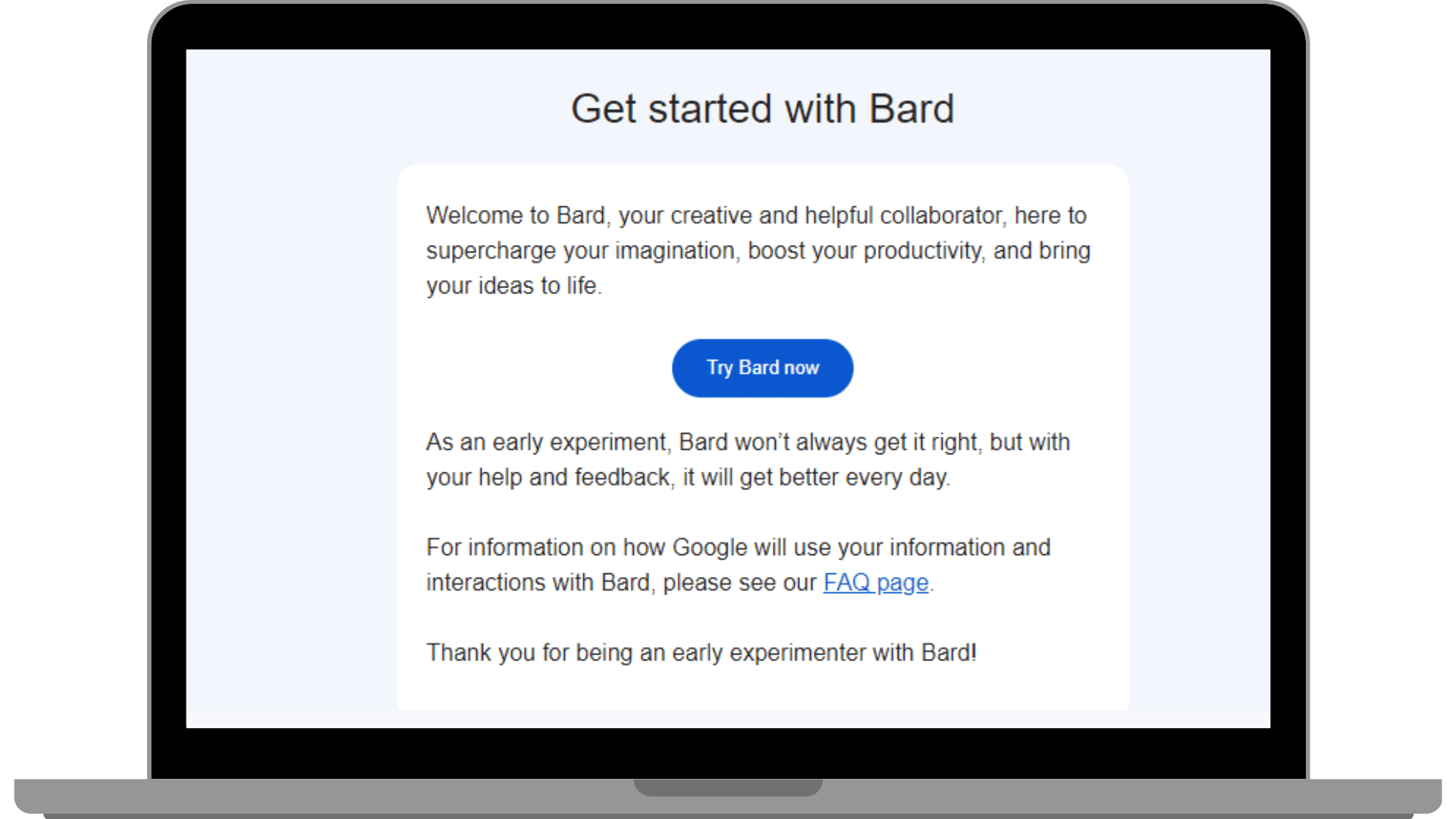
It allows you to engage new subscribers or customers, set expectations, offer incentives, and encourage further exploration and interaction with your brand.
Using customer centric welcome emails can drive sales cadence to close more deals with your audience.

Product announcement emails
Sending product announcement emails can boost sales by emphasizing product value, creating a sense of urgency, and including straightforward calls to action.
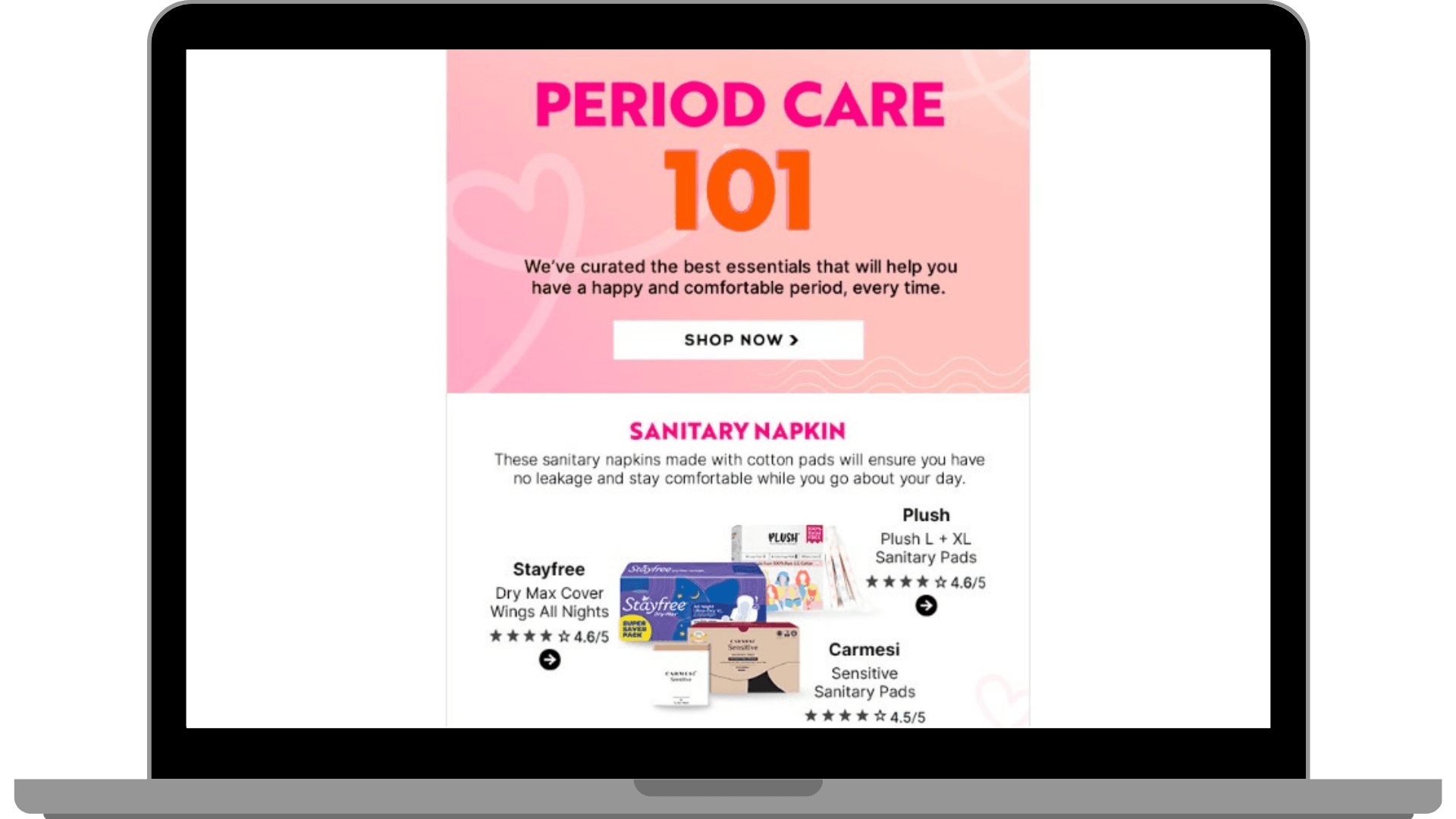
When writing product announcement emails, consider using the following suggestions:
- Grab the recipient's attention with intriguing and captivating subject lines that pique their curiosity or highlight the benefits they'll gain from the new product.
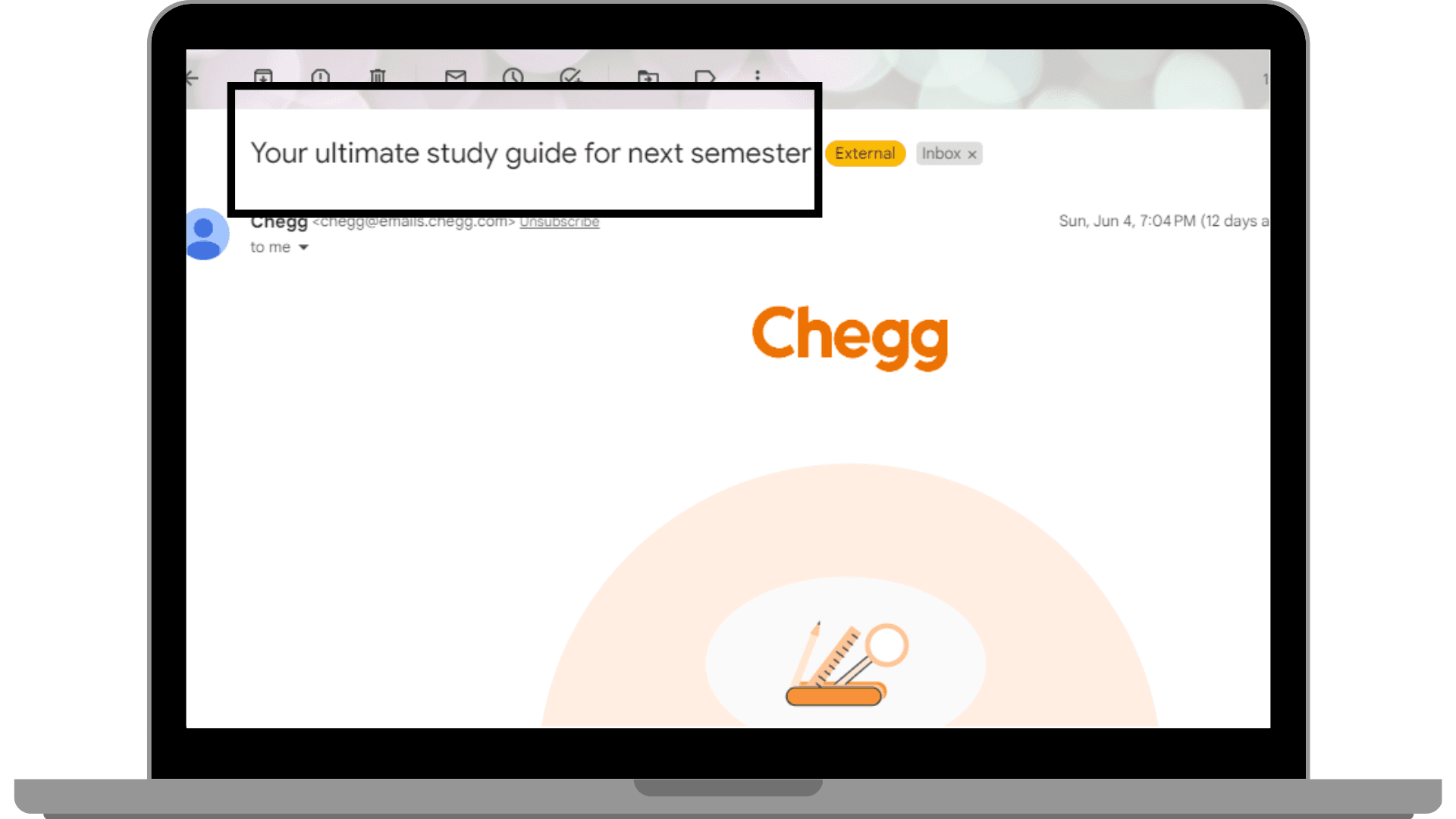
- Clearly communicate the product's or service's essential features, benefits, and advantages. For example, try highlighting its problem-solving ability or how it enhances the recipient's life.
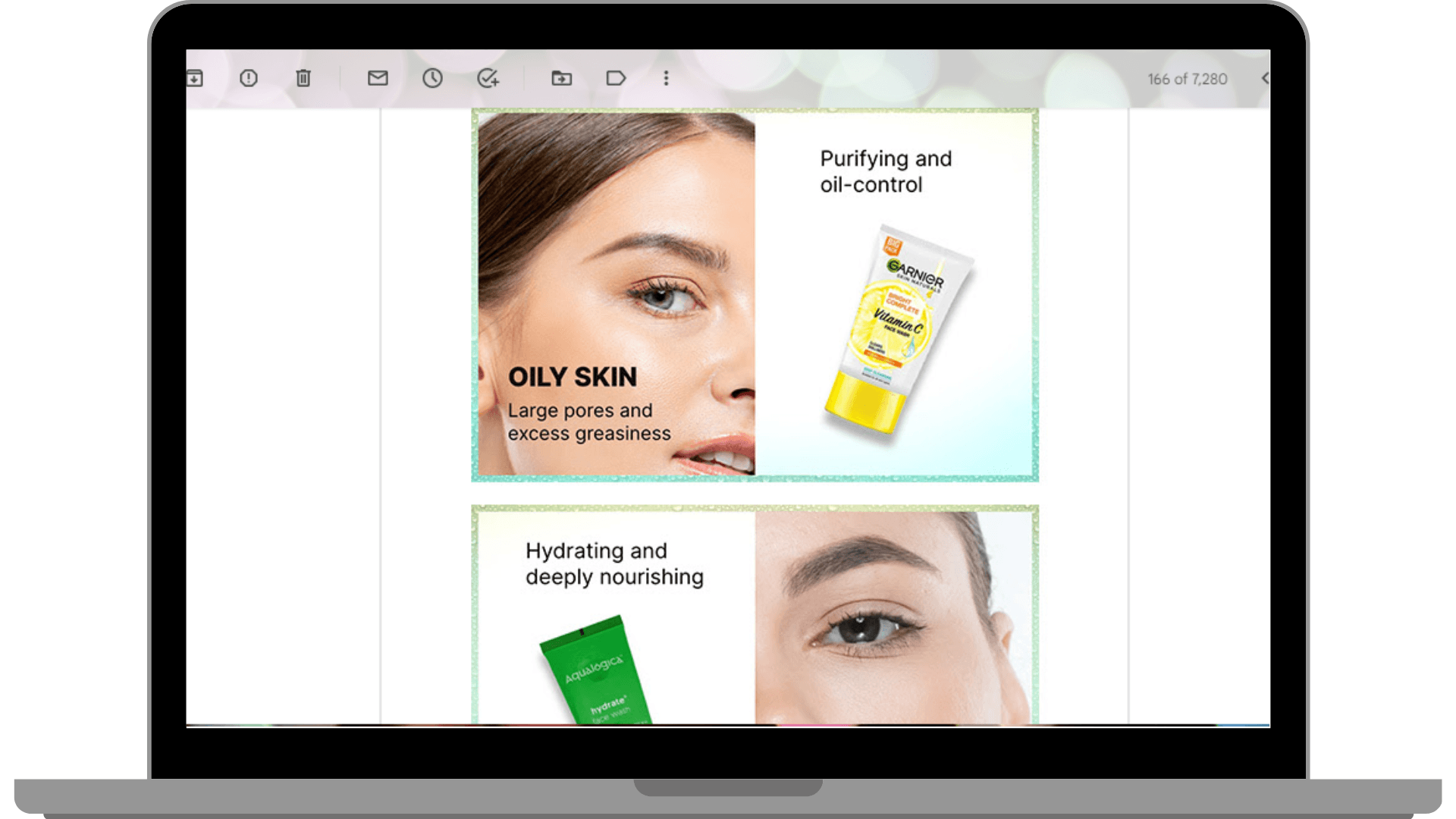
- Incorporate high-quality images, videos, or interactive elements that showcase the product from different angles or demonstrate its functionality.
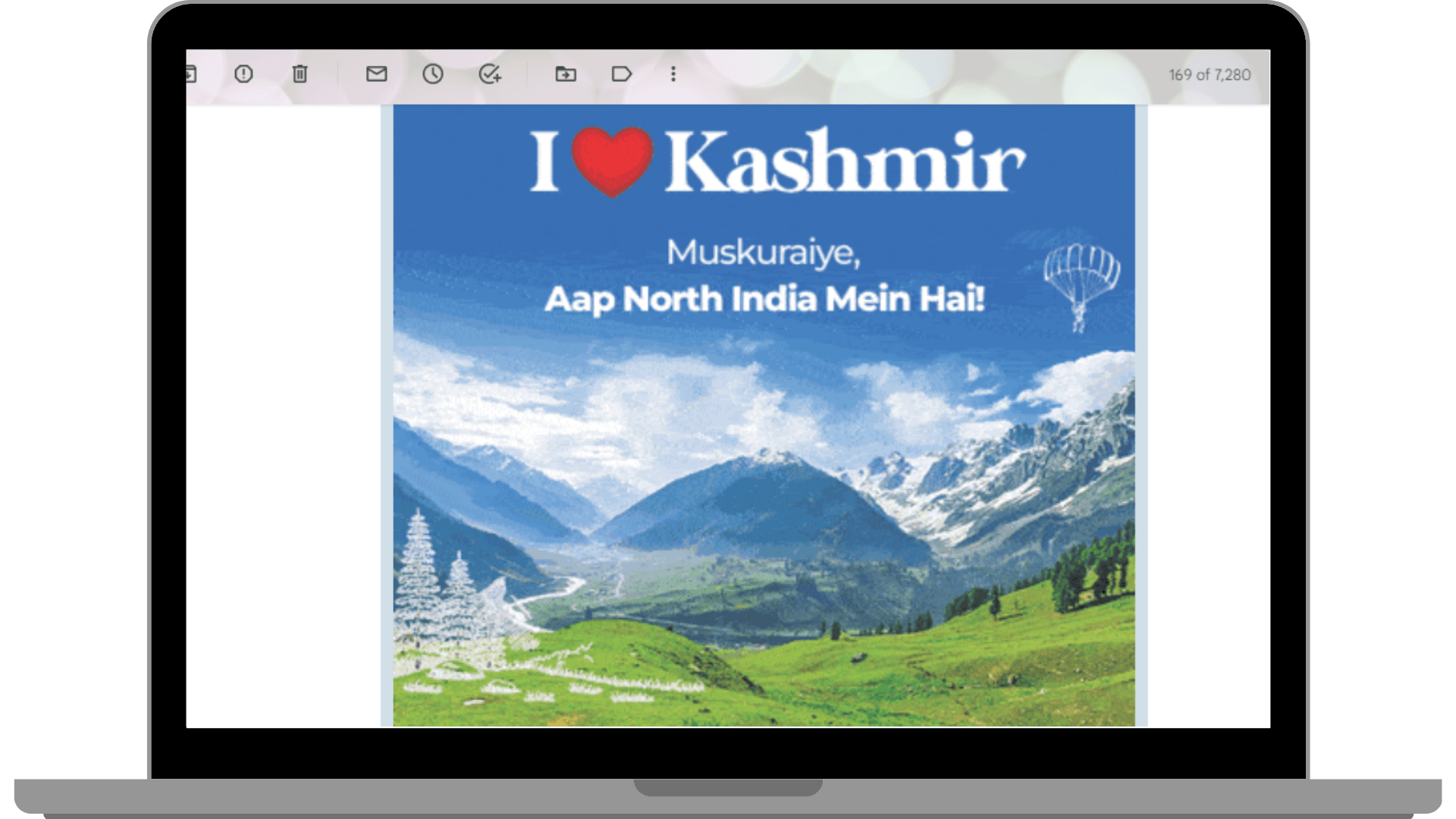
Remember to analyze the performance of your product announcement emails through metrics like open rates, click-through rates, and conversion rates. This data can help you optimize your email strategy and do a customer centric product selling.
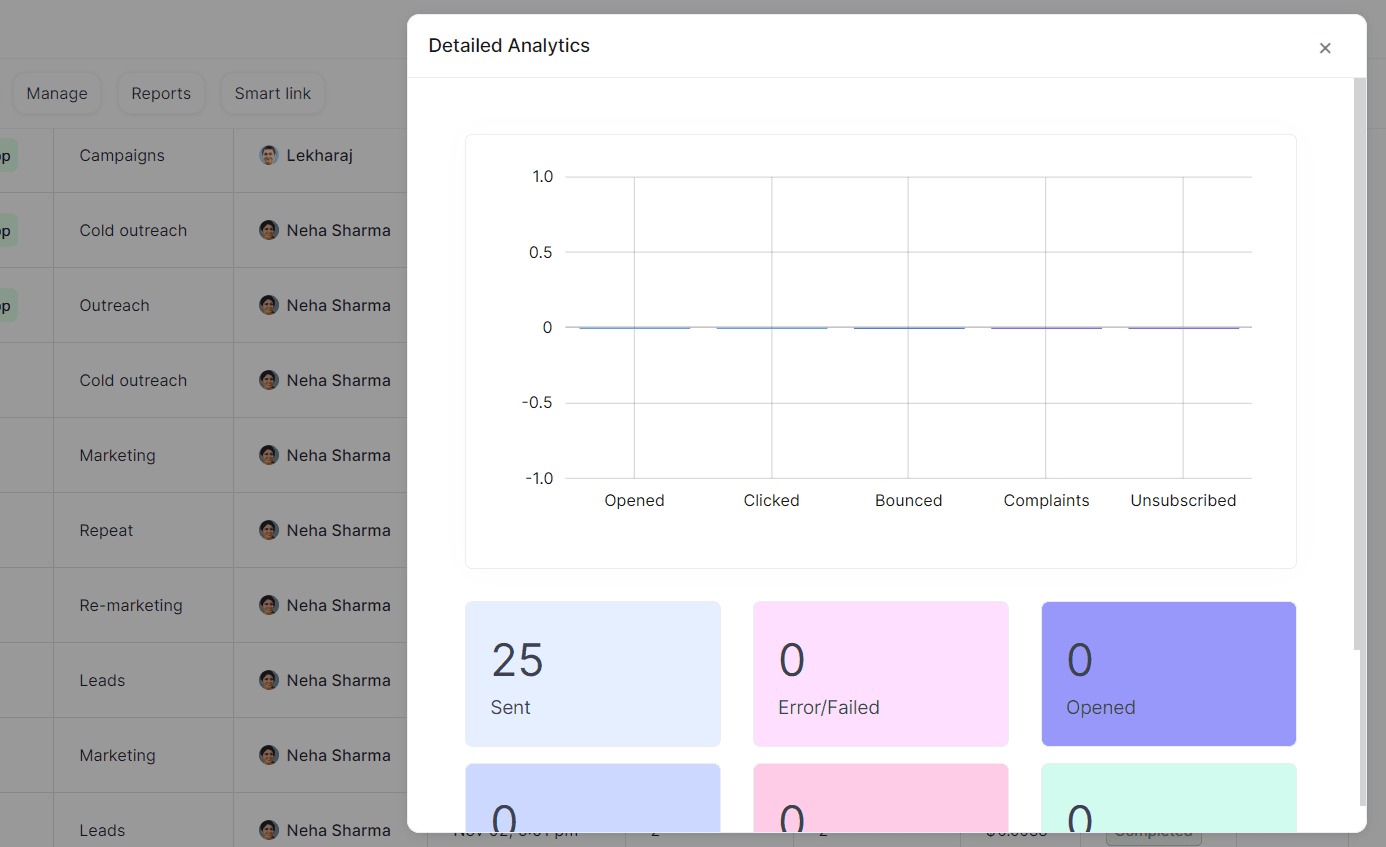
Limited time offers emails
You can add time-sensitive offers to emails to encourage your customers to act quickly and with a sense of urgency.
Here's how it can be used:
Subject line
Grab the recipient's attention with a subject line that clearly conveys the limited-time nature of the offer and highlights the benefit or savings they can gain.
Example: ‘Super Saver Packages’

Clear and compelling offer
Clearly state the offer's details, such as the discount percentage, specific products or services included, and any additional benefits or incentives.
Example: ‘Best Ever Holiday Packages At Flat 45% Off’

Call to action
Include elements, such as a call to action button or a countdown timer, that visually indicates the time remaining for the offer. This adds urgency and reminds recipients of the limited opportunity to take advantage of the deal as soon as possible.

Cart abandonment emails
Cart abandonment emails aim to jog customers' memories about the products they abandoned in their cart and motivate them to finalize their transactions, leading to a successful sales engagement process. You can also take help of AI tools like Chapgt for writing sales emails like this for streamlining your efforts.
However, balancing and avoiding overwhelming customers with excessive or intrusive email reminders is essential.
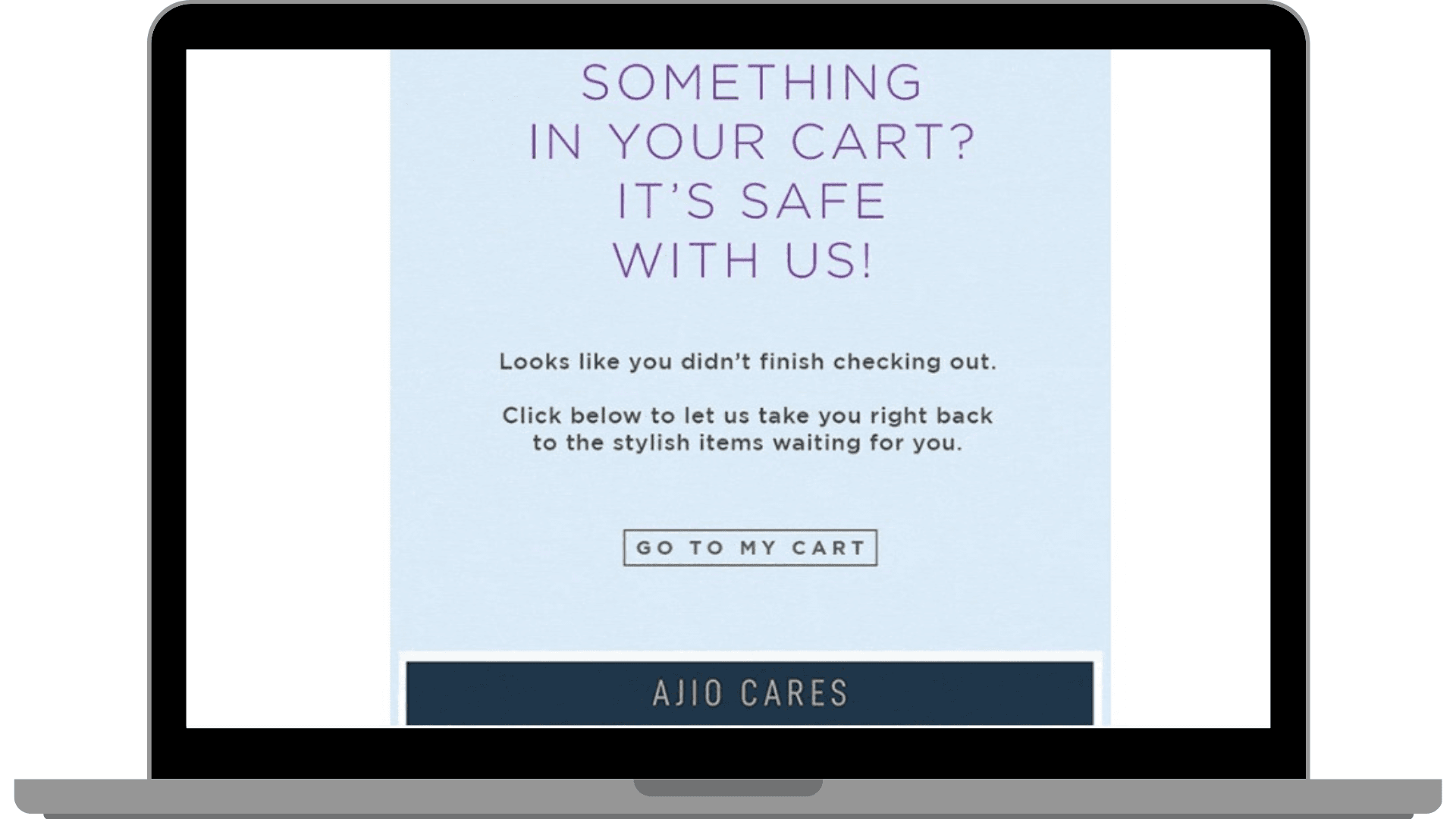
I have some recommendations for effectively handling cart abandonment emails:
Send timely reminder
Send the cart abandonment email shortly after the customer has left the website, ideally within a few hours. This ensures that the reminder is fresh in their mind and increases the chances of re-engagement.
Provide clear call to action
Provide a prominent and compelling call to action that directs the recipient back to their cart to complete the purchase.
Use action-oriented language and make it easy for customers to click through to their abandoned cart.
Example: ‘Click Here to Return to Your Cart and Secure Your Items Now!’
Give product recommendations
If the customer has abandoned their cart, suggesting related or similar products can capture their interest and provide additional options they may consider purchasing.
Example: ‘Similar Items You Might Like - Complete Your Look with These Complementary Accessories!’
Drip email
Drip emails are a series of pre-scheduled, automated emails that are sent to subscribers or customers over a specific period or at predetermined intervals.
Unlike traditional one-time email campaigns, drip emails are meant to be delivered gradually, allowing businesses to deliver relevant content, offers, and information in a well-timed and personalized manner in all kind of sales business.


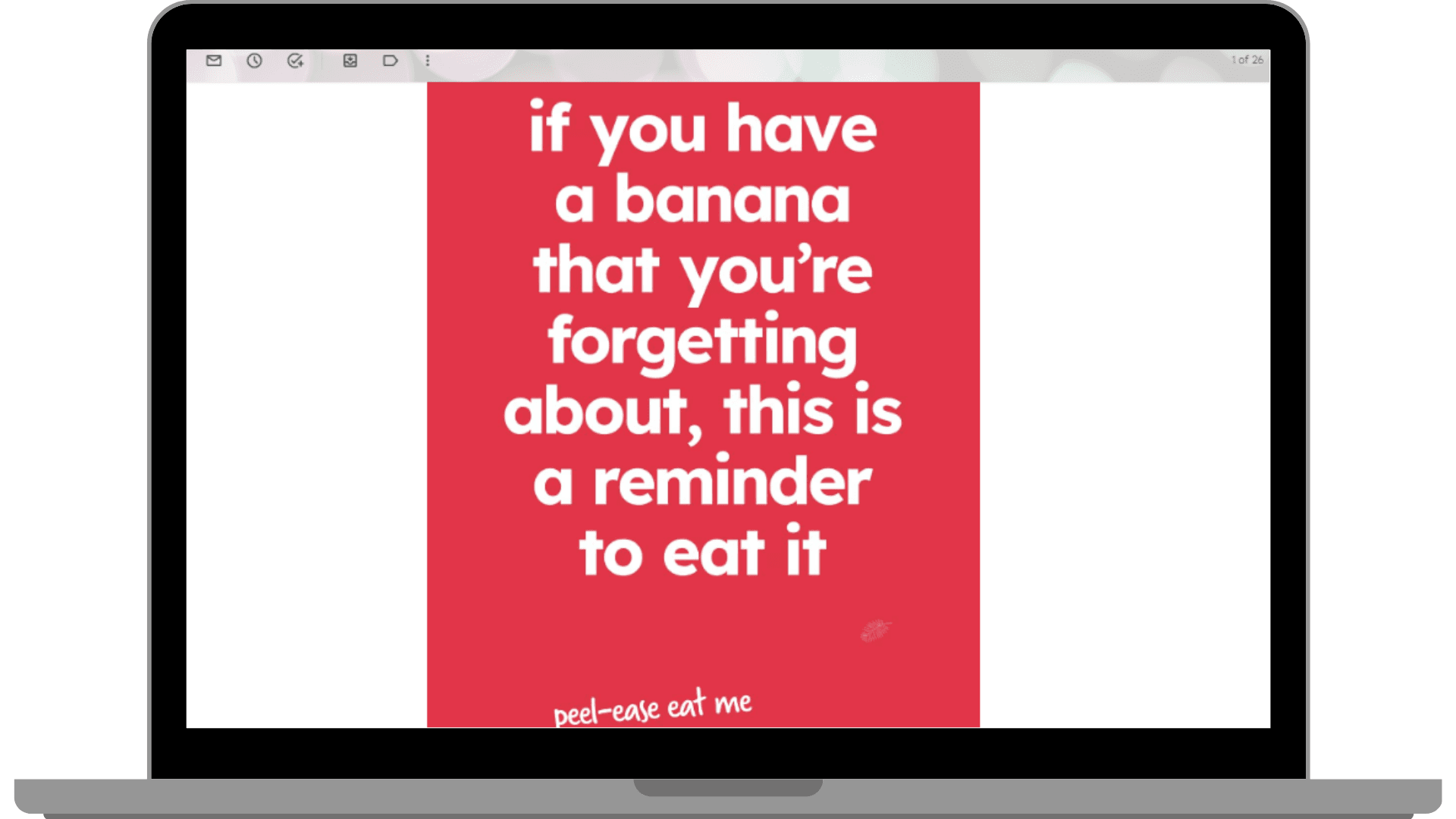
Businesses can effectively increase sales engagement and drive conversions by nurturing leads and maintaining attention through personalized and automated drip campaigns.
Use the Zixflow platform to send automated drip emails to your targeted customers. Zixflow’s dashboard allows you to write drip emails for a specific group of customers.
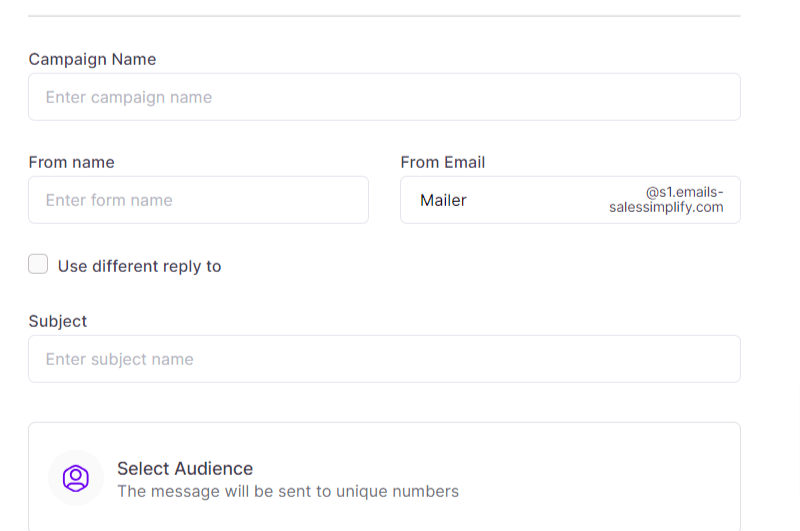
However, writing manual emails can be a time taking task. So, you can use the AI wizard of Zixflow which will generate email automatically for you based on a few filters like type of mail, targeted audience, etc.
Re-engagement emails
Re-engagement emails effectively reconnect with your disengaged subscribers or customers, rekindle their interest, and boost sales engagement.
By delivering tailored content, incentives, and personalized recommendations, you can increase the chances of re-engagement and generate new sales opportunities.
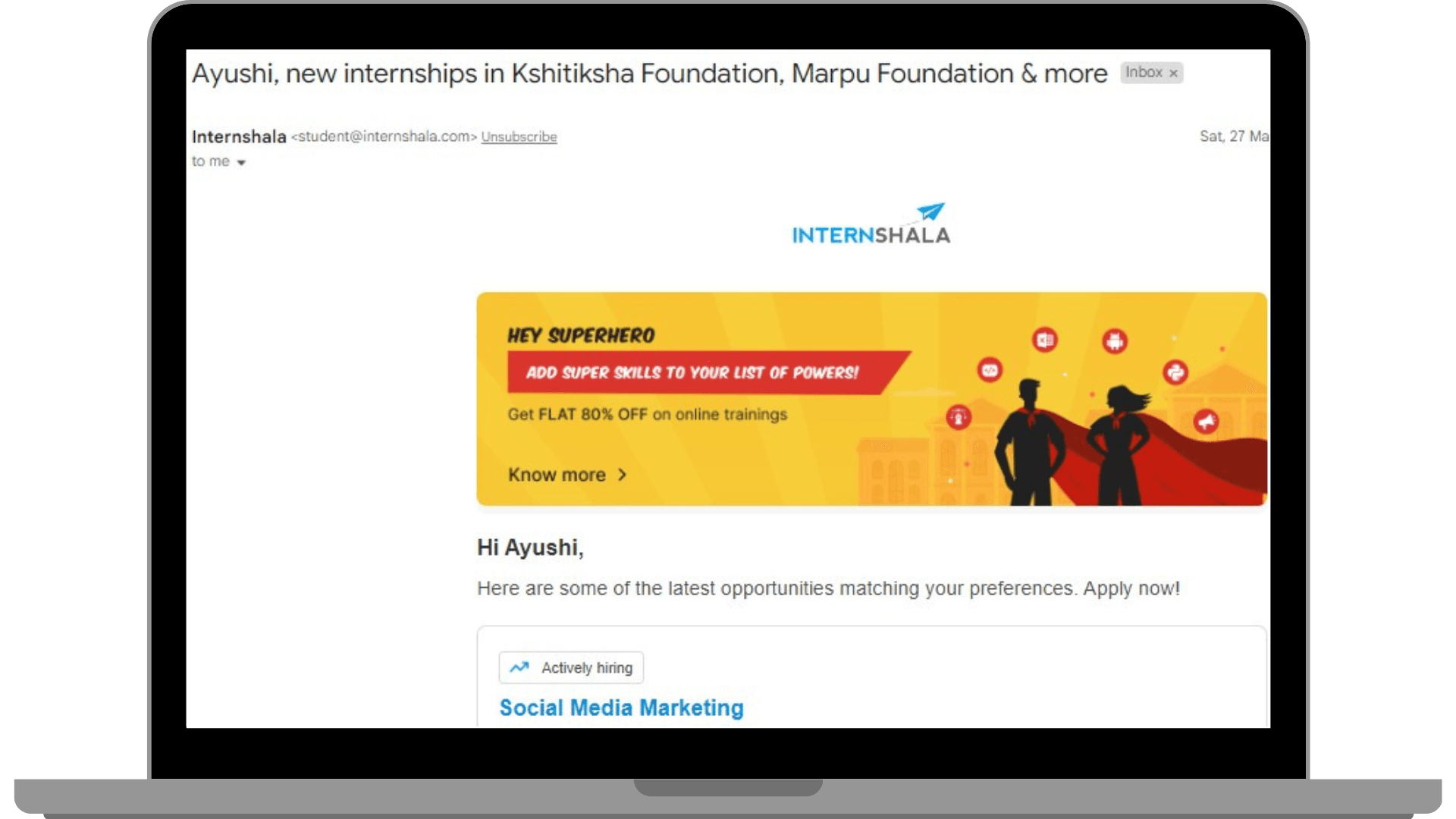
Your email should include a clear subject line acknowledging the inactivity of your clients and expressing a desire to reconnect.
The aim is to remind the recipient of your brand's value and entice them to re-engage with your content or make a purchase.
Upselling and cross-selling emails
You can use upselling and cross-selling emails to promote additional products or services of your brand to existing customers. You can implement sales automation in your business to send such mails after a regular time interval.
Upselling emails
Upselling encourages buying a pricier or superior version of a product or service.
Upselling emails typically highlight the benefits and added value of the higher-priced option.
For instance, suppose a customer has added a smartphone to their online shopping cart. You can send an upselling email suggesting a newer model with enhanced features, an improved camera, and longer battery life.
Cross-selling emails
Cross-selling means offering your customers related or complementary products that go hand-in-hand with their original purchase.
The objective is to encourage customers to make additional purchases, expanding their overall transactions and increasing customer loyalty.
Cross-selling emails usually showcase items that complement the customer's current purchase.
For instance, if your customer buys a laptop online, you can send a cross-selling email recommending accessories such as a laptop bag, wireless mouse, or antivirus software for Mac if they’re using an Apple device.
Survey and feedback emails
You can use survey and feedback emails to know about customers' opinions, satisfaction levels, and feedback on various aspects of a business, product, or service.
You can collect valuable insights and data that can be utilized to enhance the customer experience and to manage your sales pipeline.
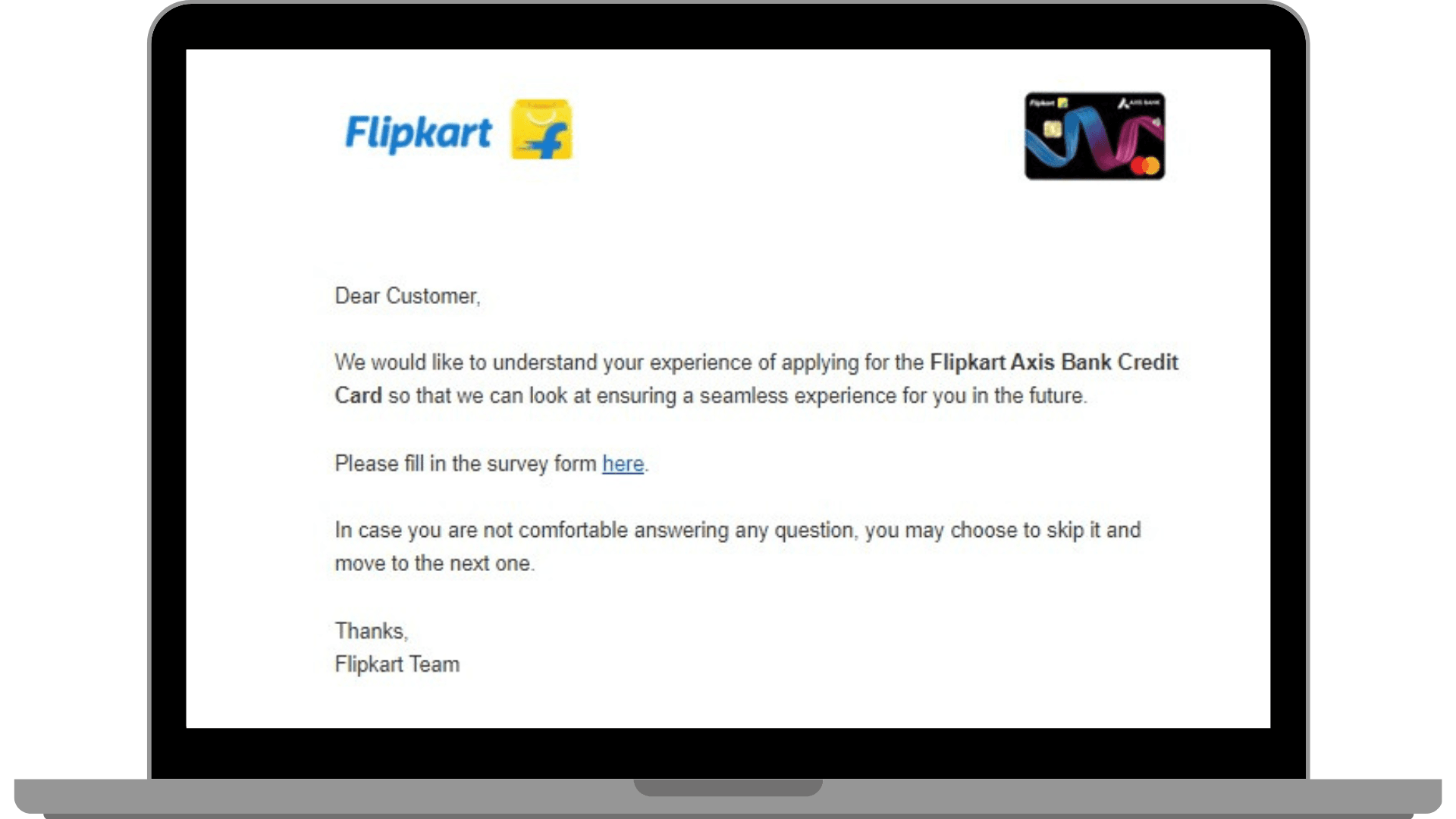
Consider these practices while using survey and feedback emails:
- Keep the email concise, clearly stating the purpose and benefit of providing feedback.
- Use clear and specific questions that are easy to answer.
- Offer incentives or rewards for completing the survey, such as discounts or exclusive offers.
- Ensure the email design is visually appealing, mobile-friendly, and easy to navigate.
- Personalize the email by addressing the customer by name and referencing their previous interactions.
- Follow up with respondents to express appreciation for their feedback and communicate any actions taken based on their input.
Free trial emails
You can use free trial emails to encourage your potential customers to try out a product for a limited period without any financial commitment.
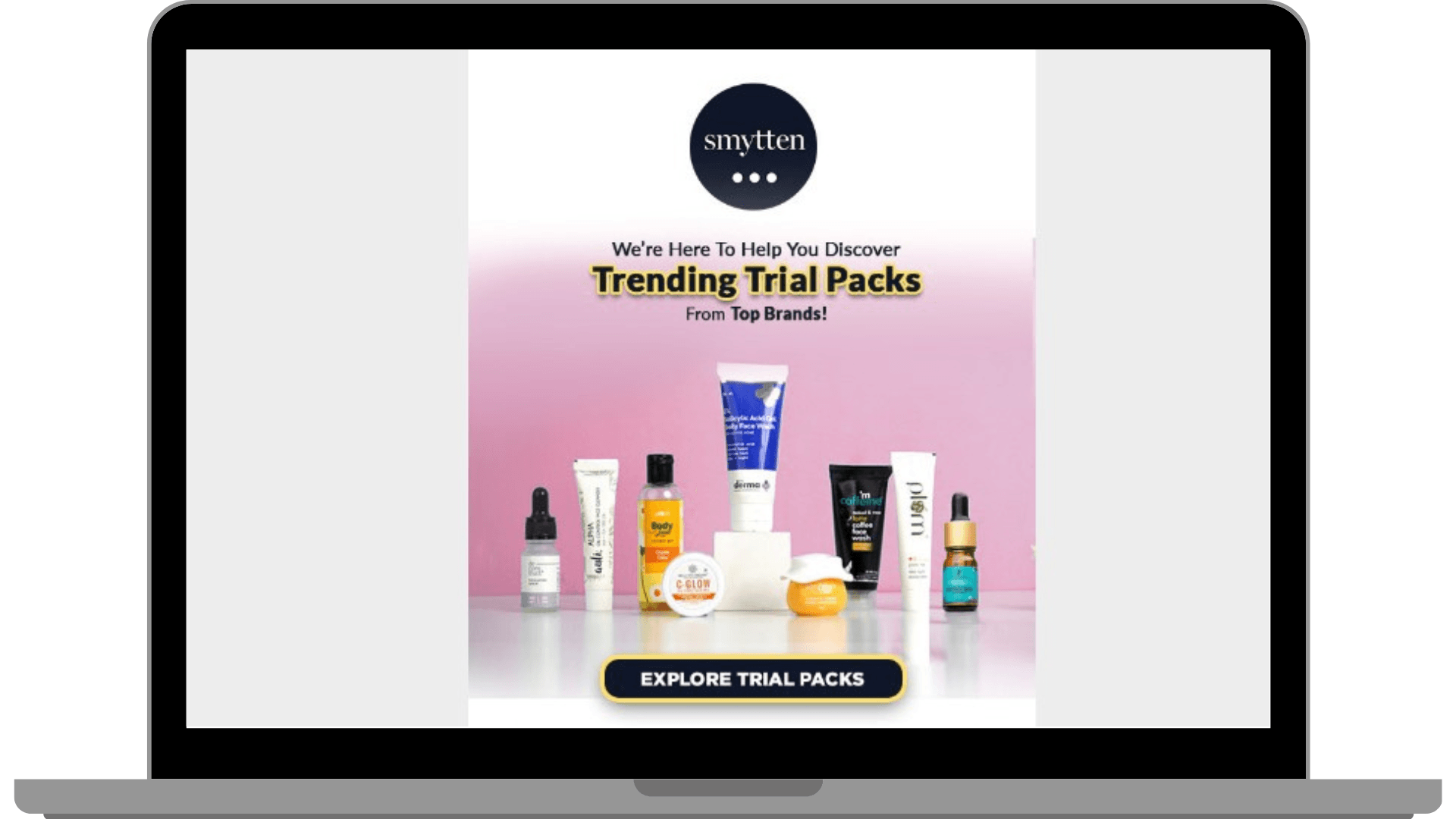
Individuals who have yet to purchase but have expressed interest in a product or service usually receive free trial emails.
Here's how they can be used to increase sales engagement:
Mention value proposition
Your email should clearly explain the product or service and how the free trial can help your customers solve their problems.
Example: ‘Discover the power of our project management software with a free 14-day trial!’
Provide trial duration and access details
Specify the duration of the free trial and provide instructions on how to access it.
Make the process simple and convenient, ensuring customers can easily use the product or service.
Example: ‘Get instant access to our comprehensive project management platform for 14 days. No credit card is required. Kindly click the link to set up your account to access the perks.’
Event invitation emails
An event invitation email is a marketing communication sent to invite recipients to attend a specific event, such as a webinar, conference, product launch, or networking gathering.
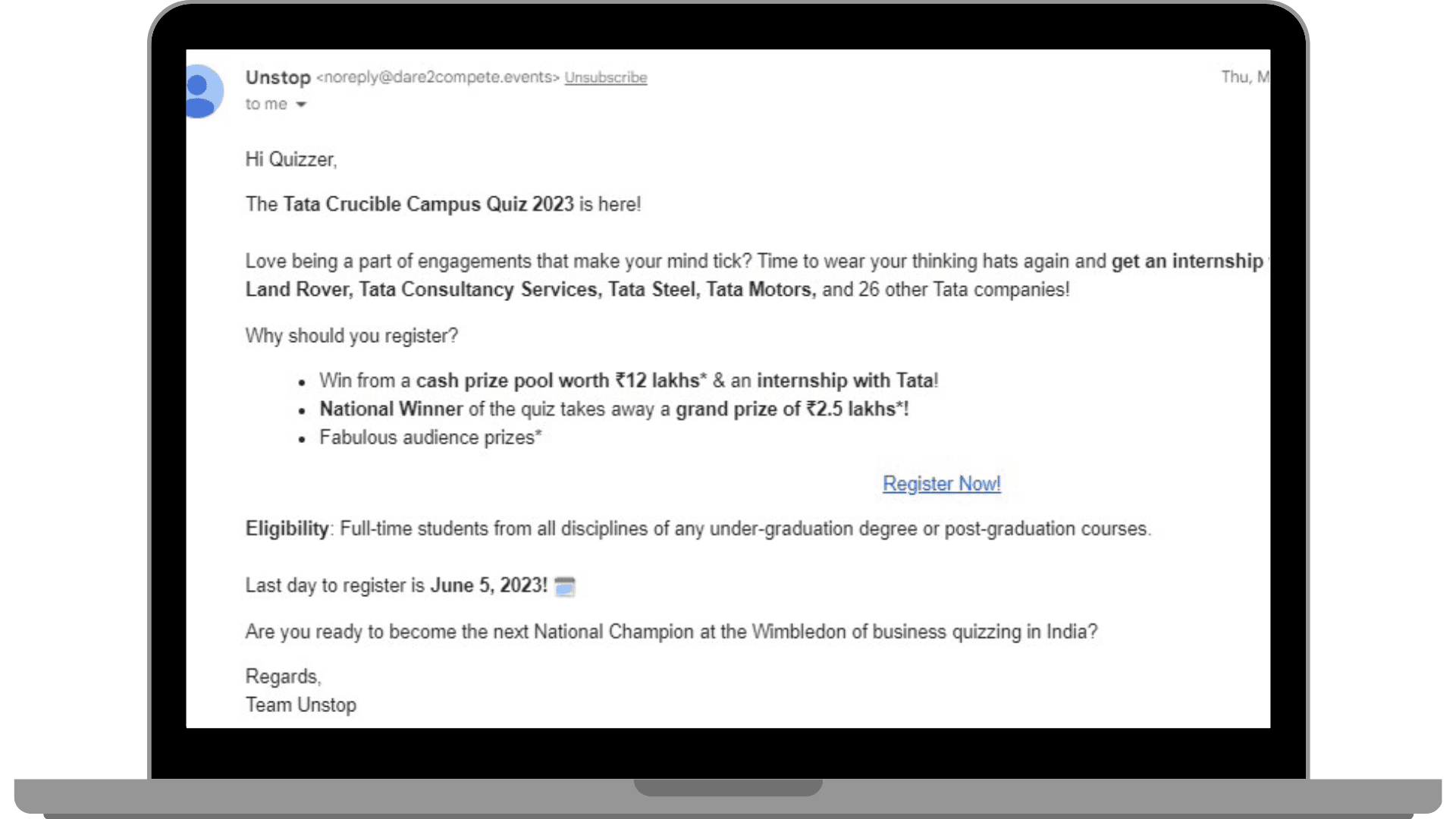
An event invitation email aims to generate interest, encourage attendance, and increase sales engagement by asking questions and showcasing the event's value proposition and providing compelling reasons for recipients to participate.
Example: ‘Join Our Exclusive Webinar: Unleashing the Power of Digital Marketing
Date: [Insert Date]
Time: [Insert Time]
Duration: [Insert Duration]’
Educational content emails
Instead of directly promoting your product, you can send educational content emails that provide educational material, such as articles, tutorials, guides, or videos, that are relevant and helpful to the audience.
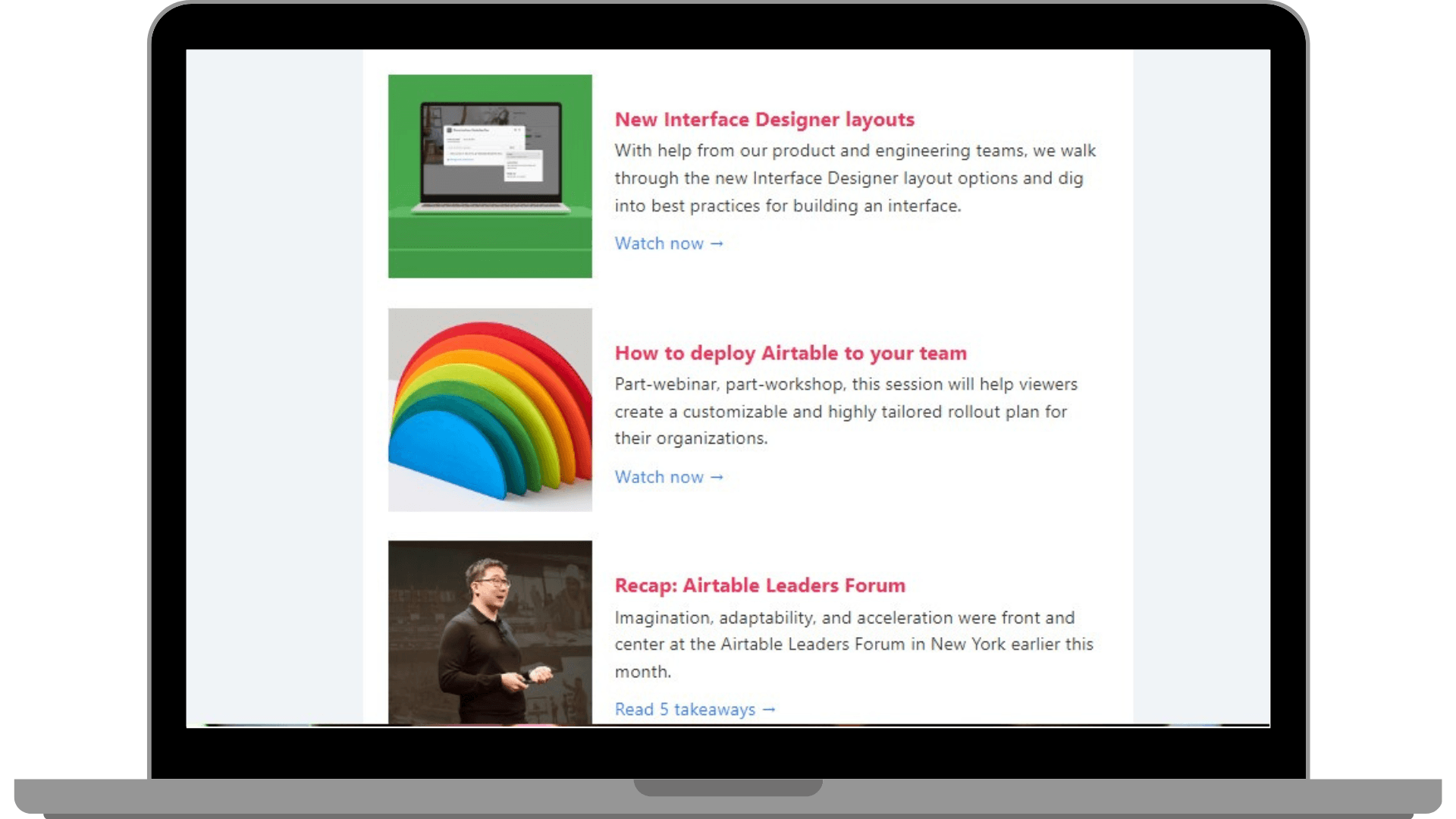
By sending such emails, you can establish trust, position the sender as a knowledgeable authority, and engage recipients with valuable content.
Boost your sales engagement
Leveraging different types of emails can significantly boost sales engagement and drive revenue for your business.
By understanding your target audience and their preferences, you can craft effective email campaigns that capture attention, provide value, and generate meaningful interactions.
So now, if you have reached till here, why not launch your own email campaign by using Zixflow dashboard.
Remember, the key to success lies in personalization, compelling content, and effective call-to-actions. By utilizing these 11 types of emails strategically and adapting them to your unique business needs, you can enhance sales engagement, nurture customer relationships, and drive higher revenue.
